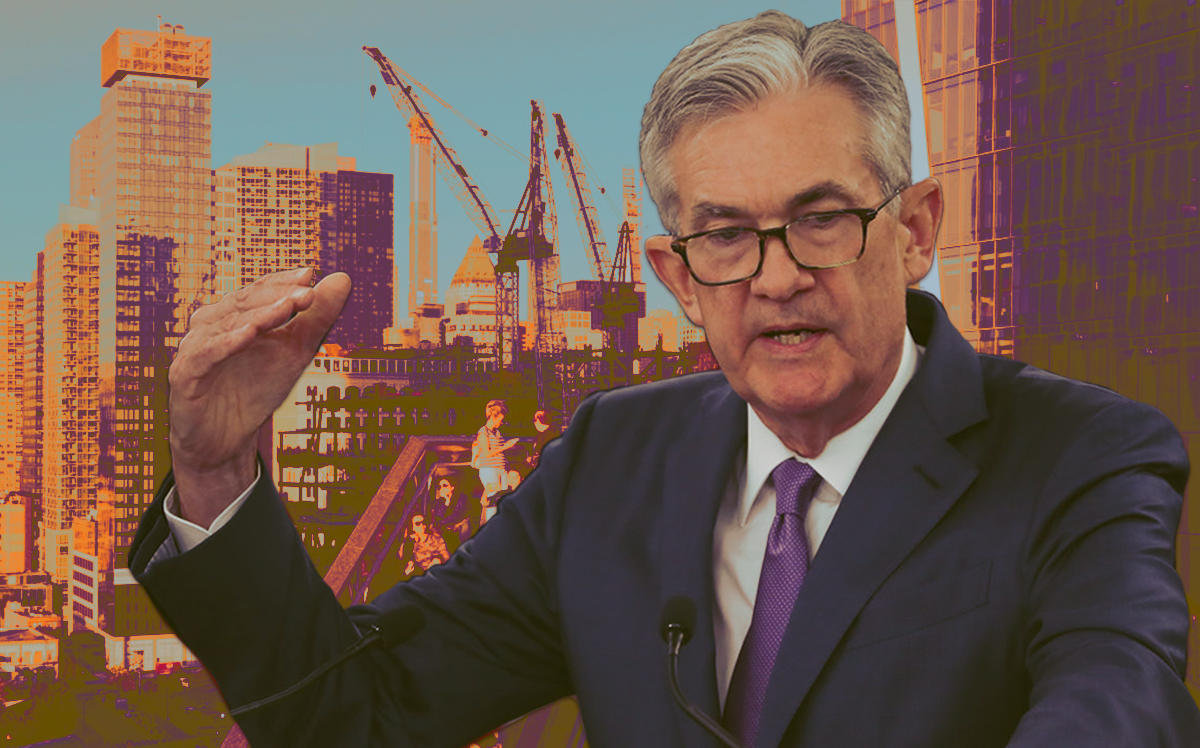There may come a time when a Federal Reserve interest rate cut is met with skepticism from the broader real estate industry. But now is not that time, experts say.
Investor interest in real estate deals has climbed since the Fed first started cutting rates in July, through to its third and latest round of cuts announced Wednesday.
Lowering interest rates makes other asset classes such as bonds less attractive, which has caused investors to turn to higher-income producing assets like real estate, specifically multifamily.
“Anything with income becomes a lot more valuable,” said Inigo Ardid, co-president of Miami-based Key International, a real estate investment and development company.
The Fed’s move to drop interest rates to a range of between 1.5 and 1.75 percent also makes financing cheaper, leading to more real estate deals closing, said Ronald Dickerman, founder and president of New York-based Madison International Realty.
Institutional firms like Blackstone Group and Brookfield Asset Management have also benefited, experts said. Both companies are now plowing capital into industrial and multifamily assets across the country.
“Low interest rates are the great subsidy in the real estate business,” said Dickerman.
The latest rate cut is seen as another move to jumpstart sluggish economic growth and stymie concerns over trade wars with China, and is a marked shift from last year, when the Fed raised rates four times.
During a news conference after the rate cut was announced, Fed Chairman Jerome Powell cited the “weakness in global growth” and trade developments that “have weighed on the economy and pose ongoing risks” as reasons for the move. The Fed also signaled that it would hit the pause button on future rate cuts.
It also comes amid what many see as the late innings of the real estate industry cycle — although that has been said for years — and vulture funds are starting to circle in large metro areas like New York City and Miami.
One part of the real estate market that has seen a significant slowdown over the past year is the housing market. In the most recent Case-Shiller index, more than half of the 20 metro areas surveyed reported slower home-price growth in August than in July.
But the housing market is likely to get a boost thanks to lower mortgage rates. Lenders issued the most mortgages in 14 years last quarter, providing $700 billion of home loans to borrowers between July and September, according to Inside Mortgage Finance.
“For someone who is buying a middle tier home, the lower rate makes a huge impact on their ability to qualify,” said J.C. de Ona, Centennial Bank president of Miami Dade County. De Ona said his bank has seen a jump in mortgages since the Fed started lowering rates over the summer.
The lower rates have also led to a boost in refinancing activity, both on the residential and commercial sides.
This week, in Los Angeles, Hines and JPMorgan’s asset management arm scored a $1.2 billion refinance on a massive Minoru Yamasaki-designed office complex. In Manhattan, Marx Development Group recently secured a $202 million refinancing for its Hudson Yards hotel, which is scheduled to open next month.
On the residential side, nationwide refinancing activity has jumped 75 percent from a year earlier, according to data and technology firm Black Knight, as cited in the Wall Street Journal.
Greg Main-Baillie of Colliers International, who oversees and manages construction and development projects across all real estate types, said the latest rate drop may only have a marginal impact. The bigger worry, he said, is rising land costs and finding high-quality deals.
“There are new developers in the market. That is a real indicator of when the market is starting to get fat, when you start getting developers who have never really developed assets,” he said.
